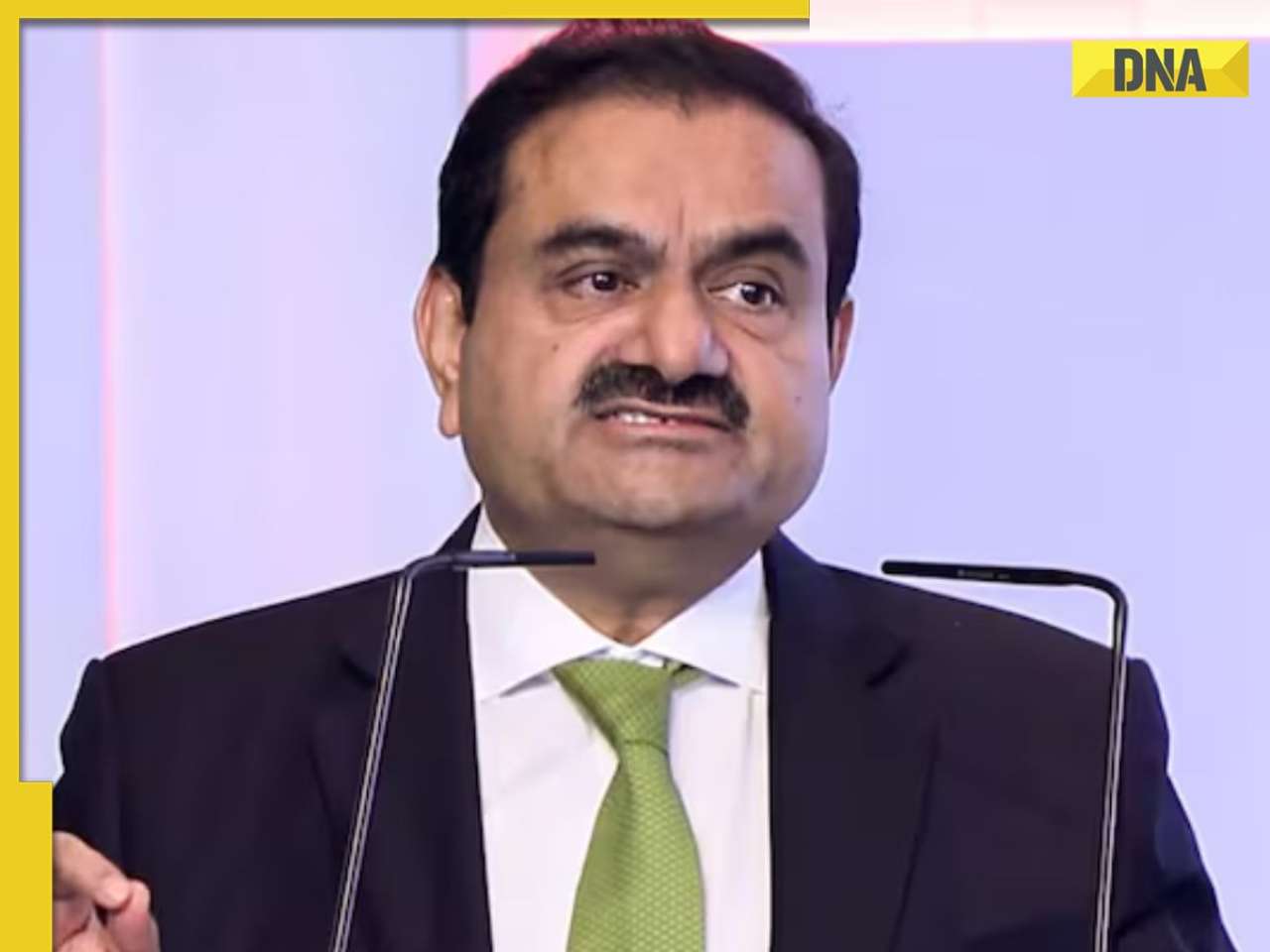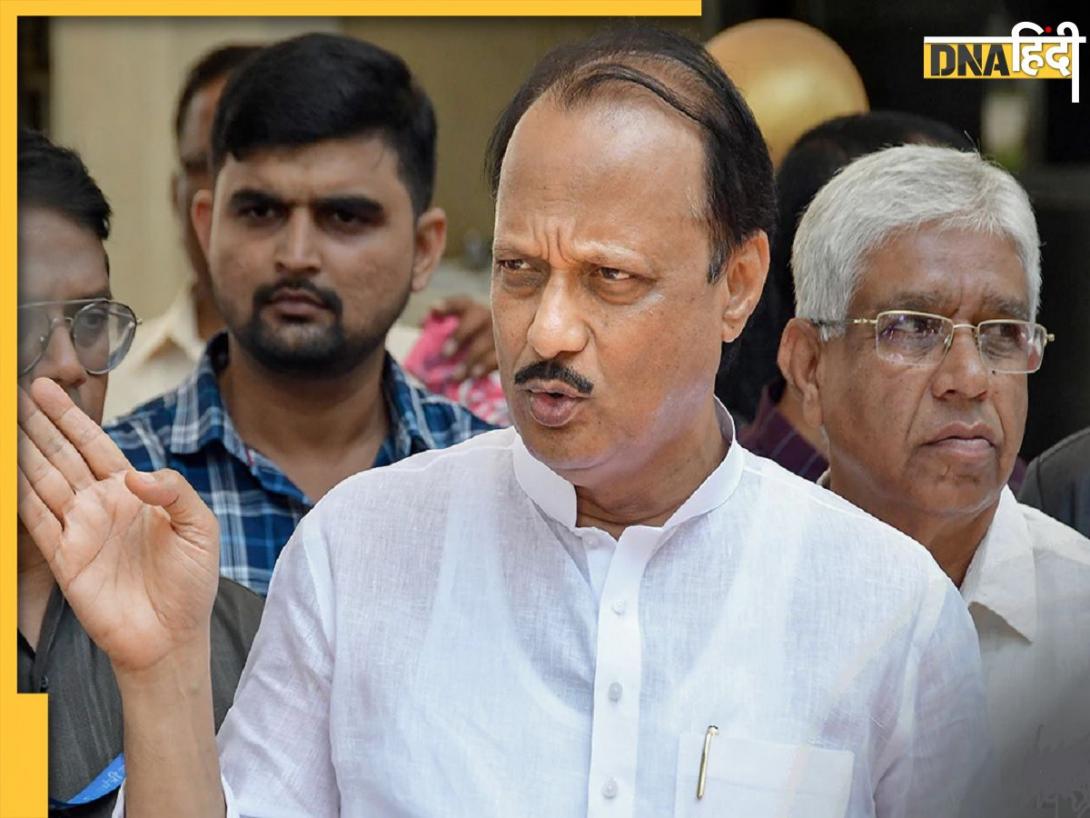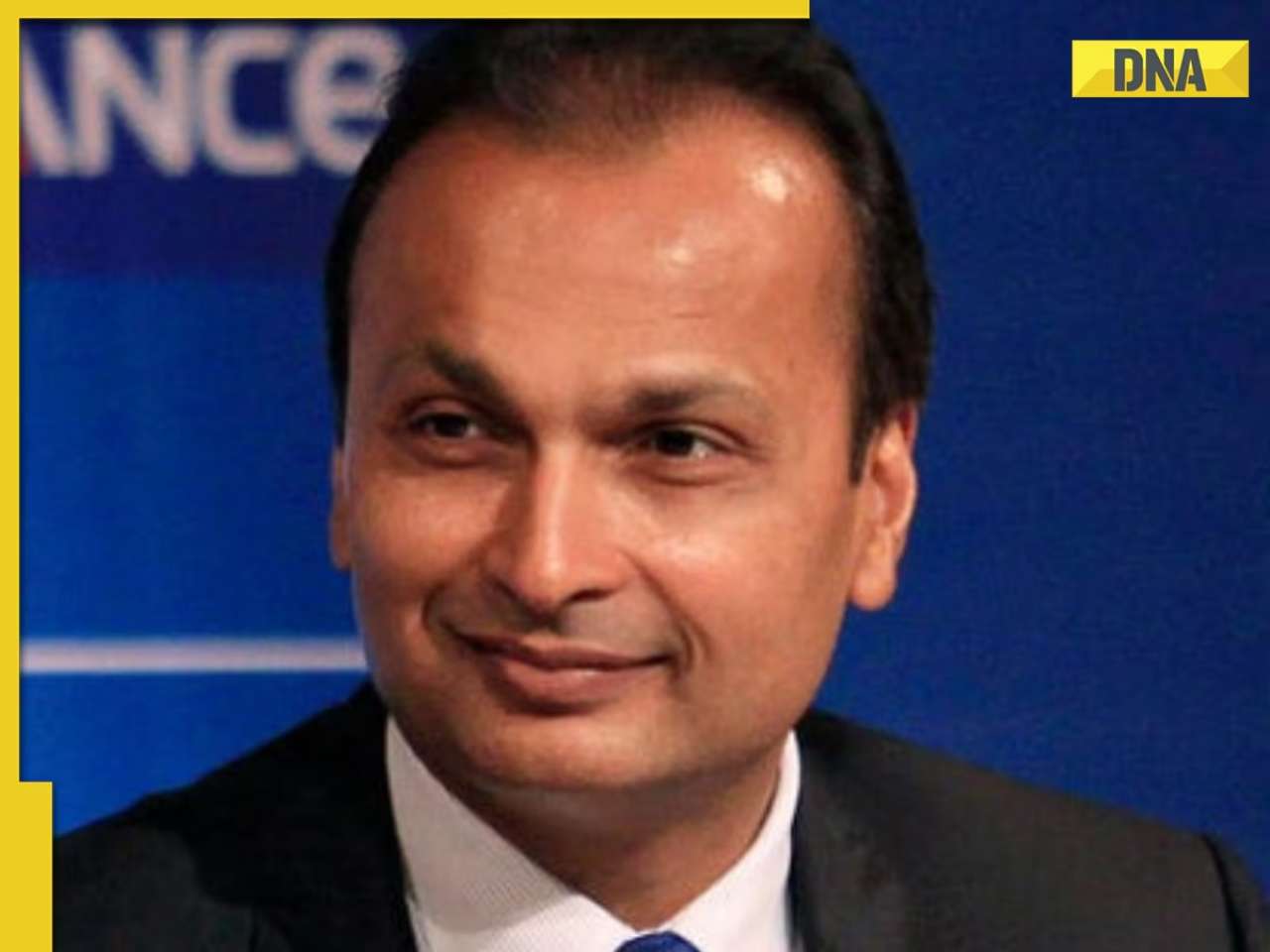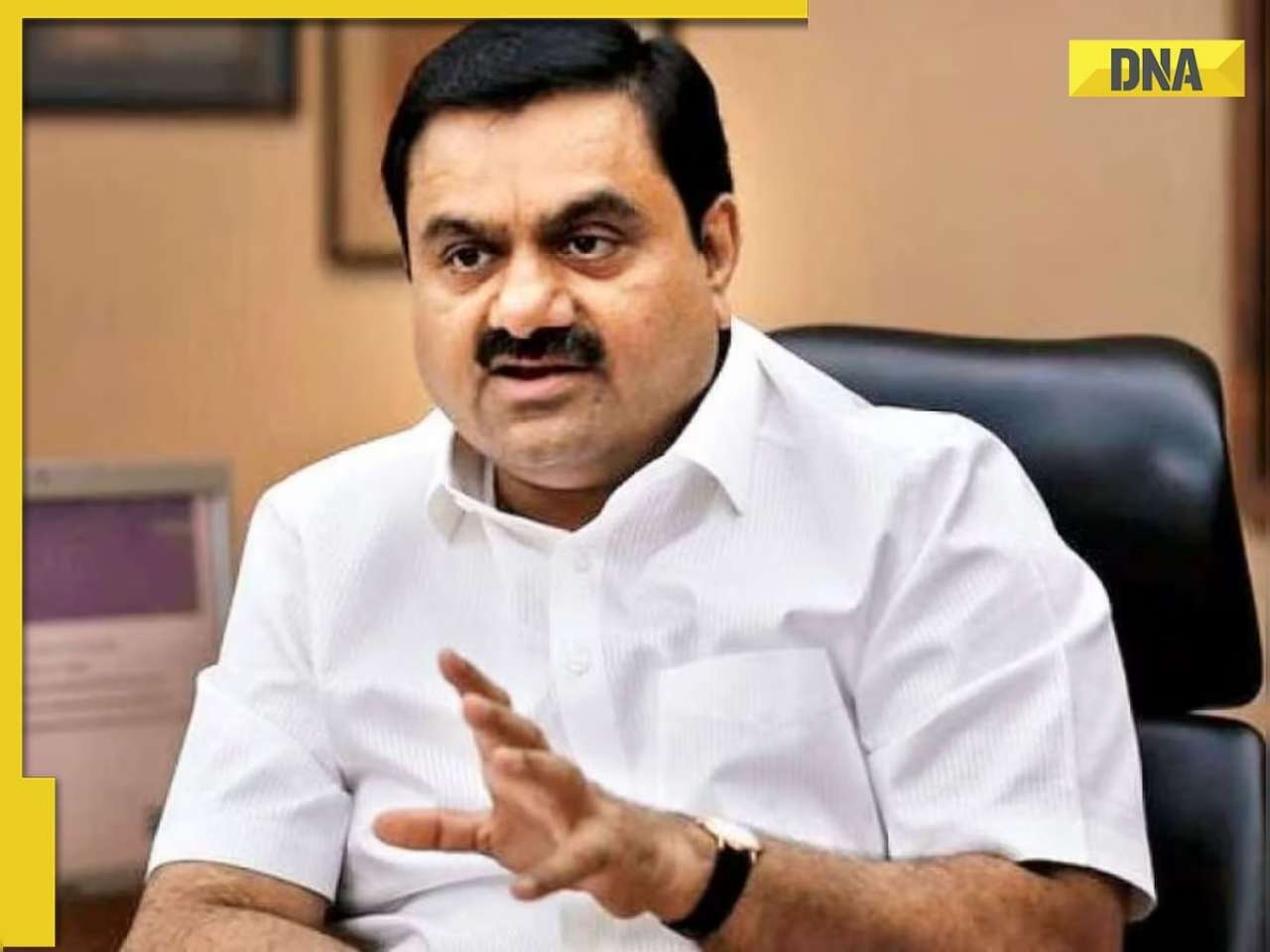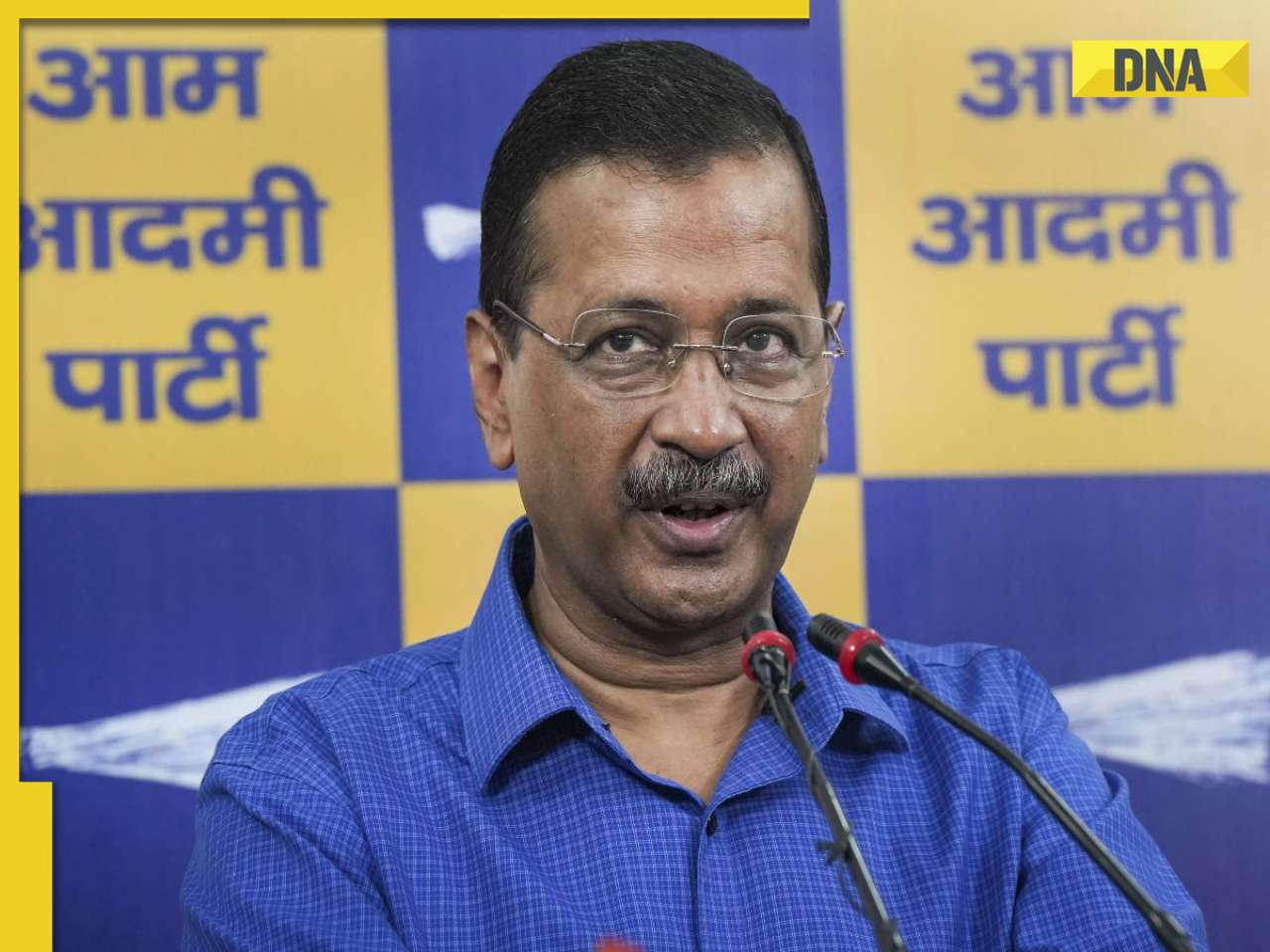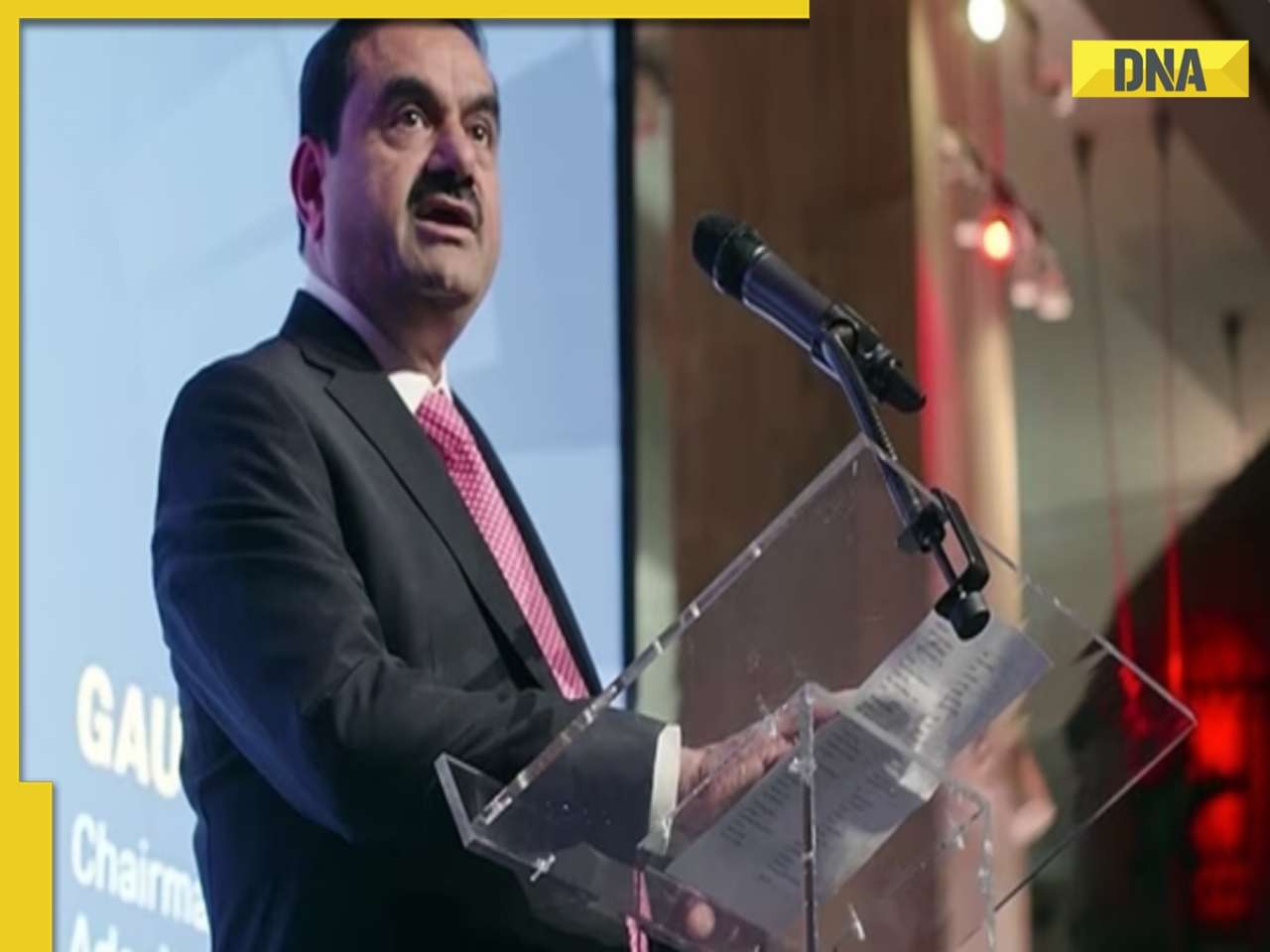- LATEST
- WEBSTORY
- TRENDING
INDIA
'Tears rolled down its eyes': Woman recalls how elephant guarded her, family from Wayanad landslides
A group of elephants provided comfort and protection to a family during Kerala's devastating landslide and flooding.
TRENDING NOW
A recent World Bank report highlights that over 100 countries, including India, will encounter significant hurdles in achieving high-income status in the coming decades. The "World Development Report 2024: The Middle Income Trap" reveals that India may need nearly 75 years to reach just one-quarter of the US income per capita, while China could achieve this milestone in over 10 years, and Indonesia might require around 70 years.
The report delves into the economic progression of the past 50 years, identifying a "trap" that countries typically face when their annual GDP per capita hits about 10 percent of the US level, equivalent to $8,000 today. This range categorizes them among the World Bank's middle-income countries. As of the end of 2023, 108 countries fall into this category, with annual GDP per capita between $1,136 and $13,845. These nations collectively represent 75 percent of the global population, encompassing six billion people, and include two-thirds of those living in extreme poverty.
The future presents even greater challenges, such as rapidly aging populations, escalating debt, geopolitical and trade tensions, and the difficulty of progressing economically without environmental harm. The report cautions that many middle-income countries still rely on outdated policies primarily aimed at expanding investment, akin to driving a car in first gear and trying to make it go faster.
Indermit Gill, Chief Economist of the World Bank Group and Senior Vice President for Development Economics, stressed that most developing countries will struggle to build prosperous societies by mid-century unless they modernize their strategies. The battle for global economic prosperity, he emphasized, will be largely determined in middle-income countries.
The report proposes a strategy for achieving high-income status that involves adopting a sequenced and increasingly sophisticated mix of policies tailored to each country's development stage. Since 1990, only 34 middle-income economies have transitioned to high-income status. More than a third of these were either integrated into the European Union or benefited from newly discovered oil reserves, according to the World Bank.
The analysis underscores that achieving high-income status is not only about economic growth but also about navigating complex challenges that require innovative and adaptive policy measures. For many countries, the path to prosperity will necessitate significant changes in their economic strategies to address both current and emerging global challenges effectively.
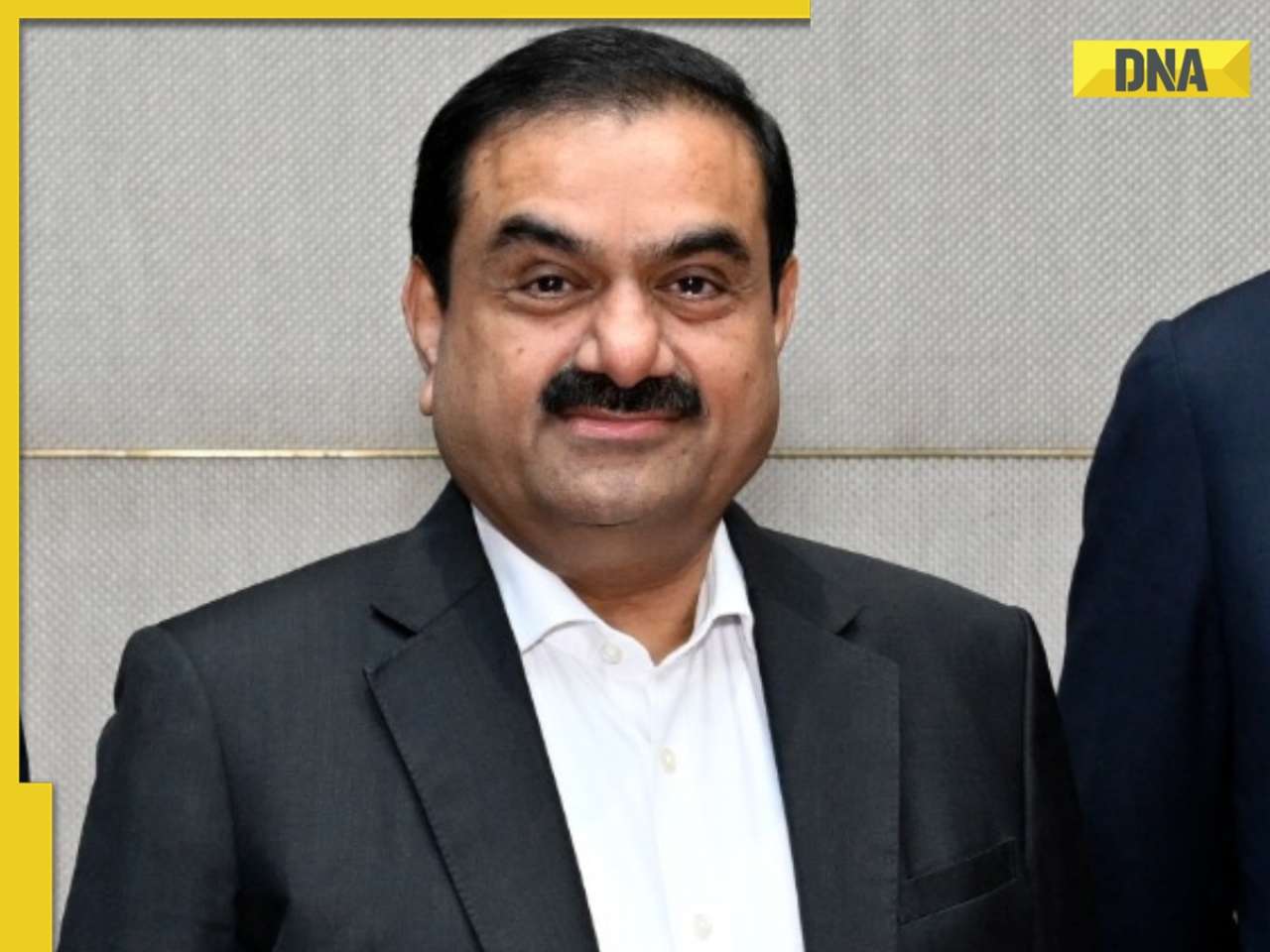






)
)
)
)
)
)
)
)
)
)
)
)
)
)
)
)






